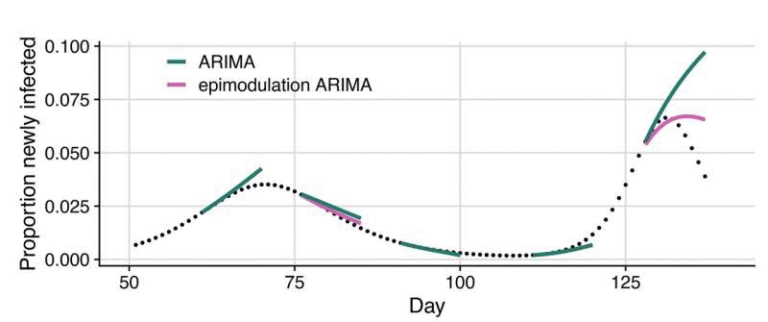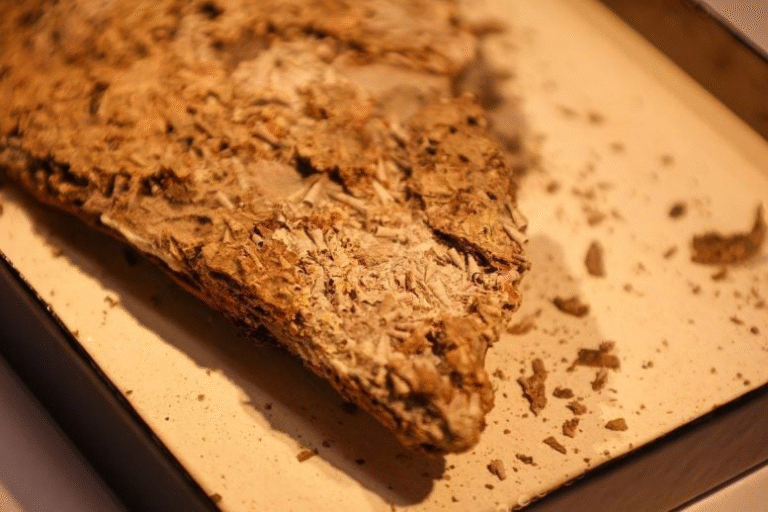Arizona’s Willcox Basin Is Sinking at One of the Fastest Rates in the United States Due to Heavy Groundwater Pumping

Arizona’s Willcox Basin, located just over an hour east of Tucson, is experiencing some of the most dramatic land sinking seen anywhere in the state. Cracks in the ground are widening, wells are drying up, and oddly placed flood zones are forming in places that never used to flood. All of these changes trace back to the same cause: intense groundwater extraction, especially by large-scale agricultural operations that rely on deep pumping to irrigate crops in this desert environment.
A new five-year study examining conditions between 2017 and 2021 shines a bright light on just how severe the problem has become. Dr. Danielle Smilovsky, a geospatial research scientist at the Conrad Blucher Institute, used satellite-based surface measurements to track changes in land elevation across the basin. She found that some parts of the Willcox Basin are sinking at rates of up to six inches per year, adding up to nearly three feet of total subsidence during the study period.
Those numbers become even more alarming when placed in historical context. Since the 1950s, certain sections of the Willcox Basin have sunk as much as 12 feet. That long-term trend, combined with accelerating rates in recent decades, has made the Willcox Basin the fastest-sinking groundwater basin in Arizona.
What’s Causing the Ground to Sink?
The mechanics behind this sinking are well understood. When groundwater is pumped out more quickly than it can naturally recharge, underground aquifers lose the support they normally provide. Under natural conditions, groundwater fills the tiny pore spaces between grains of sediment. This water pressure acts like a hydraulic lift, holding the sediment grains apart and supporting the weight of the Earth above.
Once that groundwater is removed, however, those pore spaces collapse. The sediment compacts. And because the Earth’s surface rests on top of these compacting layers, the land above drops.
Importantly, this process is permanent. Even if the aquifer eventually receives new water through rainfall or snowmelt, the collapsed pore spaces don’t reopen. They remain compacted, permanently reducing the basin’s ability to store water.
This loss of storage capacity is a major concern for Arizona, where every bit of groundwater matters. Once an aquifer loses volume, it loses resilience. It becomes harder for water levels to recover during wet years, and the region becomes more vulnerable during dry years.
Visible Impacts on the Landscape
Residents and officials have been noticing the consequences for years:
- Earth fissures—large cracks that split open the ground—have formed across agricultural fields and rural roadways.
- Wells have run dry, forcing deeper drilling or well replacement.
- Odd flooding patterns have emerged because sinking land creates new low spots where rainwater pools.
These aren’t minor inconveniences. Earth fissures can reach hundreds of feet long and tens of feet deep, posing risks to infrastructure, livestock, vehicles, and homes. Depressions from subsidence can alter drainage systems, affect irrigation networks, and increase the risk of property damage during storms.
Did Heavy Precipitation Help?
During the winter of 2022–2023, southeastern Arizona received above-average precipitation and a healthy layer of mountain snowpack. Many residents hoped this would boost groundwater recharge enough to slow the subsidence.
In the short term, the sinking did slow down—but not nearly enough. The following summer was hot and dry, quickly erasing much of the recharge benefit. The long-term decline of the aquifer continued, and the basin kept sinking.
This underscores a key point: while enhanced recharge can help stabilize groundwater levels for a time, it cannot reverse subsidence that has already happened. And in arid regions, recharge is rarely strong enough to counteract years of heavy pumping.
Groundwater Regulation Arrives—Finally
One of the most striking aspects of this story is that for decades, the Willcox Basin had essentially no groundwater regulation. Agricultural producers could pump as much water as they wanted, as long as they could afford the wells and equipment.
That changed recently.
After a local ballot initiative to regulate pumping failed in 2022, the state moved forward anyway. In 2024, Arizona officials designated the Willcox Basin as an Active Management Area (AMA). This gives state agencies the authority to implement water-use rules aimed at preventing overdraft and slowing subsidence.
The move is significant. Other AMAs in the state—particularly in the Phoenix and Tucson regions—have seen groundwater levels stabilize or improve, with subsidence decreasing dramatically. Some areas around Tucson have even stopped sinking altogether because of groundwater management and increased use of renewable water supplies.
Still, expectations must be realistic. Even with strong regulation, the Willcox Basin cannot regain the ground it has already lost. The compaction is permanent. The best-case scenario is slowing the rate of subsidence so it becomes manageable rather than catastrophic.
Why the Willcox Basin Is a High-Risk Area
The Willcox Basin is especially vulnerable for a few reasons:
1. Heavy agricultural demand
This region is home to large farming operations that depend almost entirely on groundwater. Unlike urban areas, agricultural zones often lack access to imported water sources (such as Colorado River water).
2. Slow natural recharge
Arizona’s southeastern deserts receive limited rainfall, and the soil and rock types in the region don’t allow rapid infiltration.
3. Long history of pumping
Decades of heavy, unregulated extraction have left the aquifer severely depleted and structurally damaged.
Because of these factors, scientists expect subsidence will continue, though at a slower pace if management practices improve.
Additional Perspective: What Subsidence Means for the Future of Arid Regions
Subsidence from groundwater pumping isn’t unique to Arizona. It has occurred in:
- California’s Central Valley, where some areas have sunk more than 28 feet.
- Mexico City, sinking up to 15 inches per year.
- Parts of Iran, Spain, India, and Indonesia where groundwater extraction far exceeds recharge.
The Willcox Basin adds to a growing body of evidence that over-pumping in arid regions has irreversible consequences. Water managers worldwide now view subsidence as a warning sign—a red flag that groundwater use has gone beyond sustainable limits.
This situation is also prompting more discussion about alternative agricultural strategies in desert regions. Options include shifting to less water-intensive crops, increasing the use of recycled water, or transitioning to farming practices that rely less on deep groundwater wells.
Where the Research Comes From
The detailed findings about land sinking in the Willcox Basin come from a study presented at GSA Connects 2025 in San Antonio, Texas. The study used satellite measurements to track changes in land elevation from 2017 to 2021 and analyzed the connection between groundwater extraction and subsidence across the basin.





